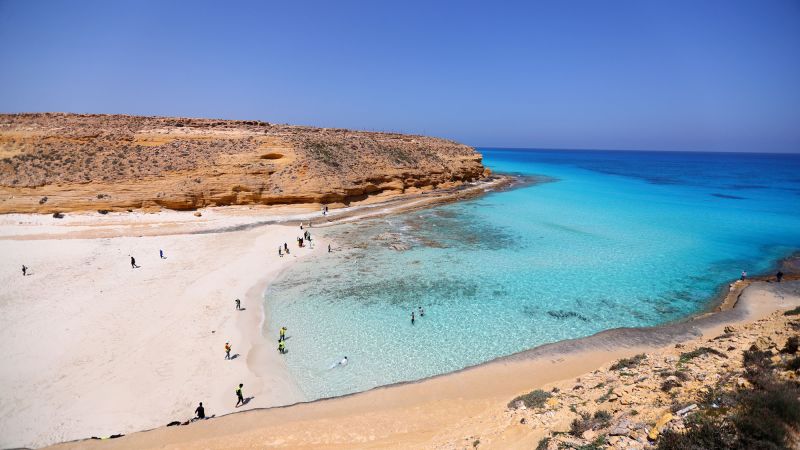Introduction to Egypt’s Northern Coast Transformation
Egypt’s northern coast has been a popular vacation spot for the country’s wealthy elite since the 1960s. However, the 650-mile Mediterranean coastline is currently undergoing an unprecedented and rapid real estate transformation. Over the past two decades, an estimated $70 billion has been invested in urban projects such as holiday resorts, residential districts, and industrial areas on the North Coast. At least $150 billion more investment is expected in the coming decades, according to an analysis by PwC Middle East.
Investment and Development
Most of the investment comes from Gulf States, who have invested $59 billion in Egypt since 2021, according to real estate consultancy Knight Frank. Qatar is reportedly discussing a $3.5 billion tourism project, and last year, Egypt received its largest single foreign investment to date, $35 billion from Emirati sovereign wealth fund ADQ, earmarked for real estate projects, including $24 billion for the development rights of Ras El Hekma on the north coast. The 170-square-kilometer peninsula is being developed by Abu Dhabi-based Modon Holding and will include residential homes, resorts, retail stores, entertainment venues, and public facilities such as hospitals and schools.
Economic Diversification and Tourism
The Egyptian government’s push to diversify its economy hopes that new luxury resorts will help attract 30 million tourists annually by 2030, an increase from its record 15.7 million international visitors last year. Half of the wealthy individuals in the Gulf region are looking for holiday homes in Egypt, and the north coast is one of the country’s most popular property markets after the new administrative capital. The development of Ras El Hekma will include a free zone with its own tax and customs regime, which will encourage investment but may also exacerbate concerns about maintaining state sovereignty over Egyptian territory.
Concerns and Challenges
Despite the investment and development, there are concerns about the impact on the local community, including allegations of forced eviction from Ras El Hekma and reports of coastal erosion due to rapid development. The Egyptian government says it has compensated affected homeowners and built new settlements for them, and all projects are being developed in a sustainable framework. However, analysts say that Gulf investors are now looking for a return on their investment, and the development of Ras El Hekma may have significant implications for Egypt’s economy and sovereignty.
Property Market and Prices
Property prices on Egypt’s north coast continue to rise, with villa prices increasing by 15.8% year-on-year to an average of 20,000 Egyptian pounds (US$420) per square meter. The first properties in Ras El Hekma opened recently and reportedly achieved sales of 10 billion Egyptian pounds ($210 million) within the first 48 hours. One of the region’s largest operational developments is Marassi North Coast, a mixed-use residential, tourist, and retail lifestyle destination built by Dubai-based developer Emaar Properties. Properties there are now selling for up to $13,500 per square meter, with the company planning to expand Marassi with another $1 billion investment.
Investment and Returns
The founder and chairman of Emaar Properties, Mohamed Ali Rashed Alabbar, says that some people are probably making five times what they’re worth now, due to inflation, the quality of buildings, and competition increasing value. Emaar has invested $4 billion in Marassi North Coast, which employs around 20,000 people locally and has already welcomed around four million tourists since April this year. Plans to expand Marassi are expected to begin in the coming months, with the government recently approving the $1 billion investment.

